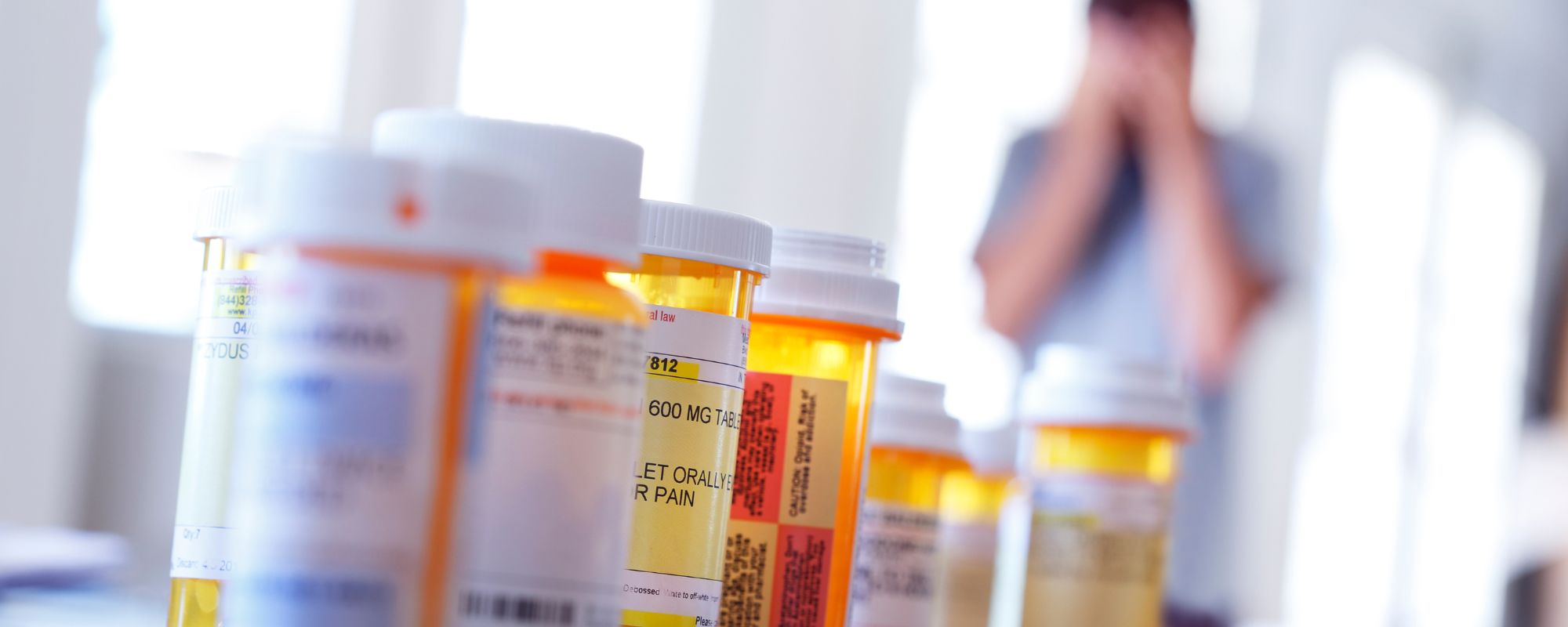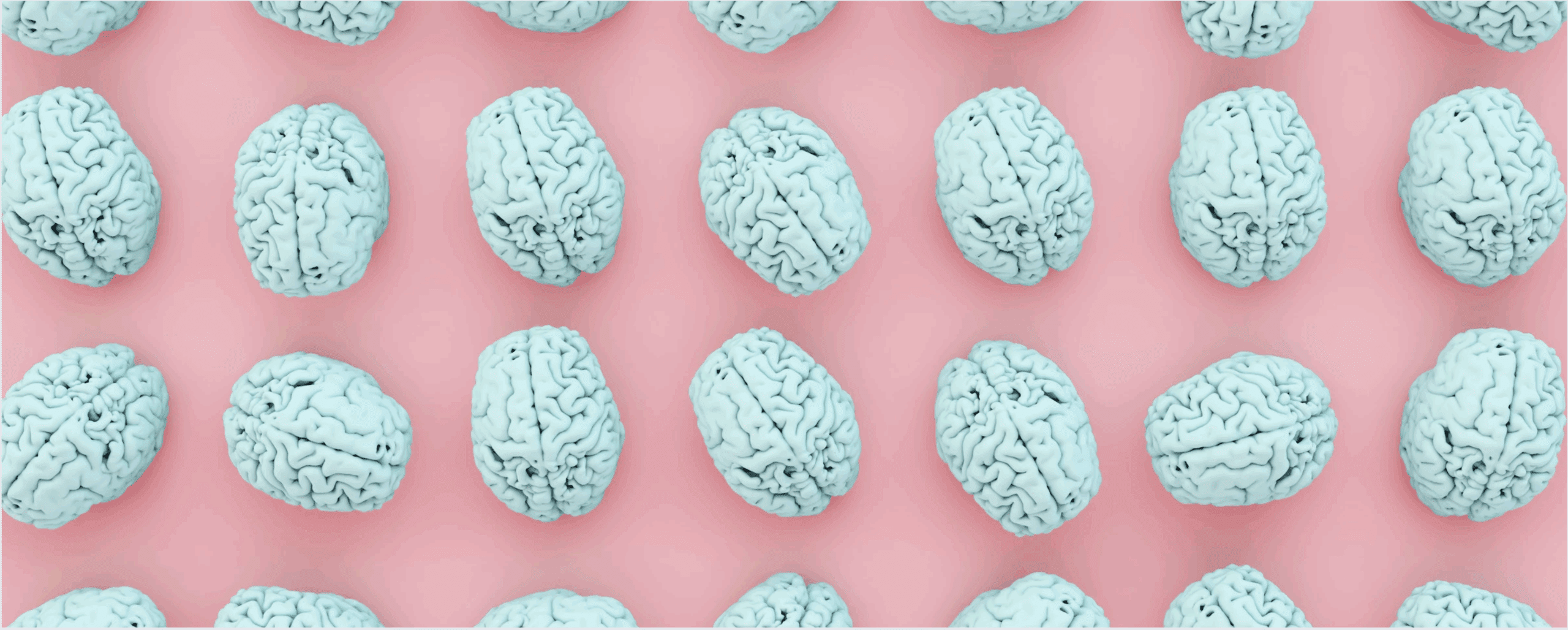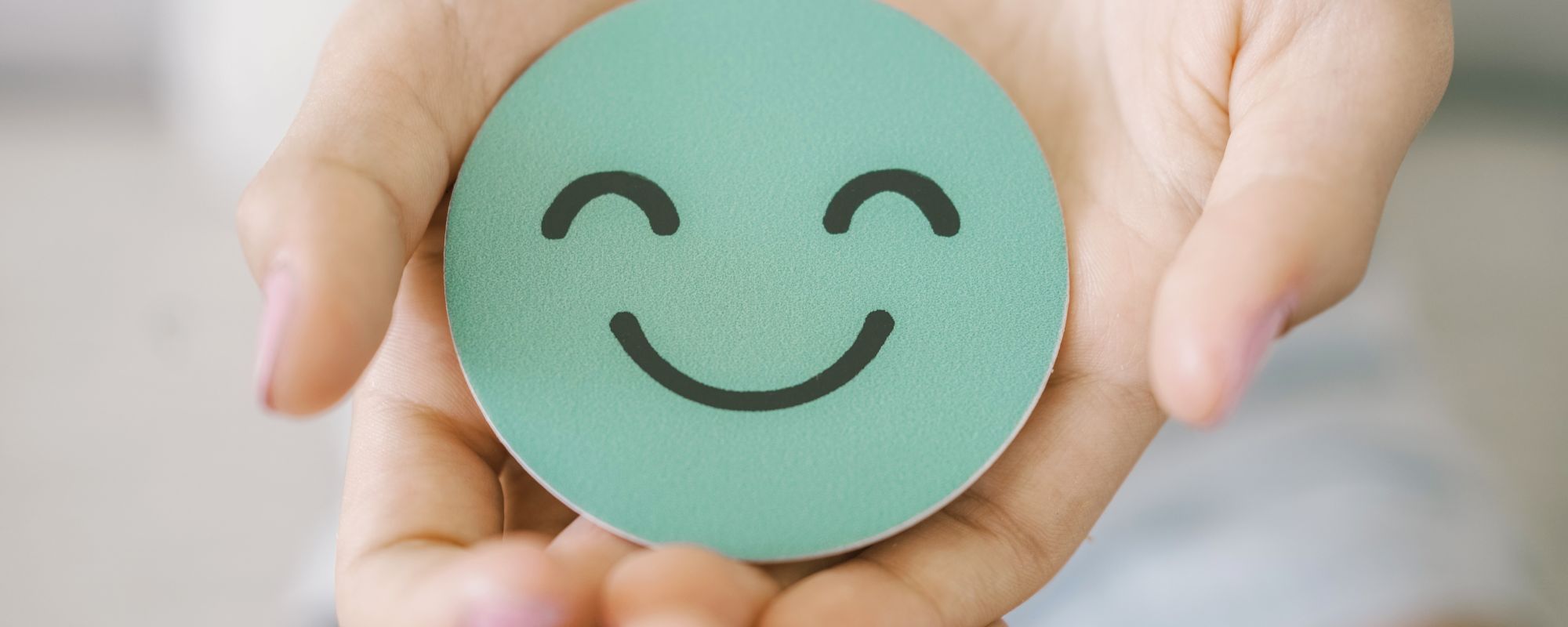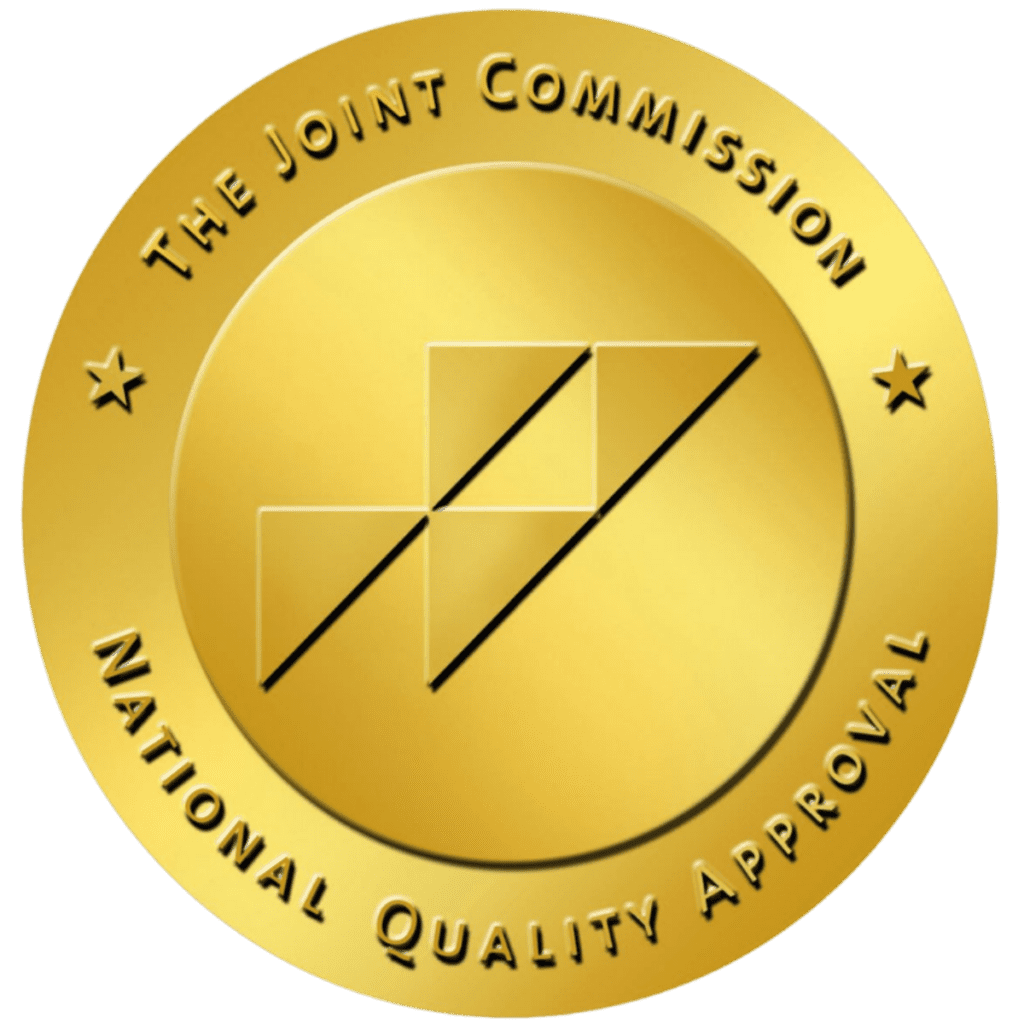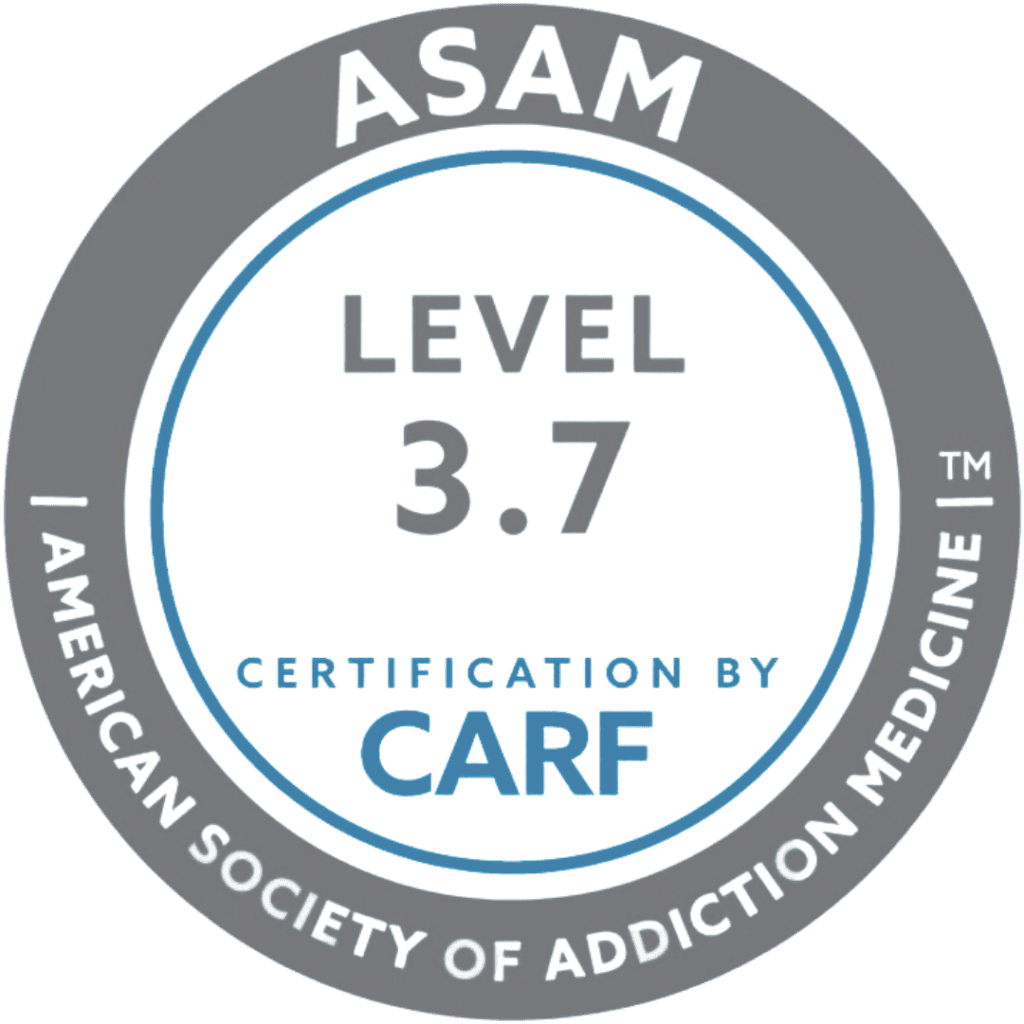Depression continues to be one of the most common mental health conditions, and its prevalence continues to rise. According to a 2023 Gallup poll, 29% (nearly one-third) of adults in the U.S. have been diagnosed with depression during their lifetimes — nearly a 10% increase within the last decade.
And while the study shows that more Americans are being treated for depression (a 7% increase), only 17.8% of those 29% receive the help they need. It reminds us how important it is to start a treatment plan for depression, a condition that is fully treatable and wholly manageable with the right help.
If you’re unsure what therapy is all about, understand how a treatment plan for depressive disorders works or how to take a proactive role in crafting your own, keep reading to learn more.
What Is Depression?
We all have moments when we get down or moody, but those sentiments, a normal part of life, usually come to pass. Depression is more than just feeling sad or unmotivated. It’s a complex, multifaceted and very serious mental health condition that affects how you think, feel and function.
According to the American Psychiatric Association (APA), many risk factors can result in developing depression. It can be genetic and handed down through the generations in families. (The APA says that if an identical twin has depression, the other stands a 70% chance of also developing it.) Chemical imbalances in the brain — the APA cites the neurotransmitters serotonin, dopamine, and norepinephrine, to name a few — may also be a risk factor.
Negative life events, like trauma, financial or job problems, relationship issues, or chronic stress can also contribute to depression. “Depression can, in turn, lead to more stress and dysfunction and worsen the affected person’s life situation and the depression itself,” states the World Health Organization.
Depression doesn’t discriminate — it can impact anyone, regardless of age, background or lifestyle. According to studies, depression affects 8.7% of women and 5.3% of men. A 2023 study also showed that the presence of probable depression was 33.3% in transgender people, and in another study, transgender individuals who had undergone gender-affirming surgery were very less likely to seek mental health treatment for depression.
Depression can also co-occur with various other illnesses and medical conditions, notes the Depression and Bipolar Support Alliance:
- One-fourth of cancer patients experience depression.
- Up to 27% of stroke victims develop depression.
- Depression is noted as the second most common mental health disorder among people living with HIV.
- 50% of people with Parkinson’s Disease also live with depression.
- One-third of people with diabetes also suffer from depression.
- More than one-fifth of people with a mood disorder like depression also have a co-occurring substance use disorder.
Depressive Disorders Explained
There are several different depressive disorders and subtypes, each with their own set of characteristics and challenges:
Major Depressive Disorder (MDD)
Major depressive disorder is commonly known as clinical depression. It’s characterized by persistent low or depressed mood; anger, irritability or frustration over trivial things; anxiety and agitation; a loss of interest in activities that you once loved; fatigue and loss of mental and physical energy; difficulty concentrating and thinking clearly; feelings of worthlessness or fixating on/blaming yourself for past failures; and sometimes thoughts of self-harm or life not worth living.
Symptoms of clinical depression must be present for at least two weeks in order to receive a diagnosis. “For many people with depression, symptoms usually are severe enough to cause noticeable problems in day-to-day activities, such as work, school, social activities or relationships with others,” says the Mayo Clinic. “Some people may feel generally miserable or unhappy without really knowing why.”
Persistent Depressive Disorder (PDD)
Where clinical depression happens in episodes lasting weeks and sometimes months, persistent depressive disorder gets its name because it’s a chronic, long-term mild-to-moderate type of depression that won’t go away, sometimes lasting for at least two years.
PDD’s primary symptom is having a mood overshadowed by sadness, hopelessness, and worthlessness. You may have fatigue, limited energy, and difficulty concentrating. Eating or sleeping too much or too little are other signs of PDD as well as having performance issues at school or work.
According to the Cleveland Clinic, 1.5% of American adults experienced PDD within the past year, with 2.5% having had the disorder at some point during their lives.
Seasonal Affective Disorder (SAD)
Suppose you find that your mood dips during certain times of the year, it’s a reminder of how your environment and surroundings can affect your mental health. SAD usually happens during specific seasons of the year, usually in winter months when reduced sunlight, shorter days and colder weather can trigger depression.
Some of the more common SAD symptoms include severe mood changes (being sullen, grouchy or anxious), fatigue, social withdrawal and loss of interest in things that once brought joy. What causes SAD? Neurochemical imbalances and vitamin D deficiencies are often cited as reasons. In the darker fall and winter months, our bodies may also produce more melatonin and encourage a sluggish, sleep feeling. Shifts in our biological clocks from shorter days may also raise your risk for SAD, and in many people, persistent negative feelings about winter are another contributing factor.
Post-Partum Depression
Prevalent in up to 15% of women, this form of depression affects new mothers. But post-partum depression is more than just the typical “baby blues” after giving birth (which also affects 50% to 75% of new moms, says the Cleveland Clinic); it’s a serious depressive disorder that can impact your ability to bond with your newborn and adjust to motherhood.
Post-partum depression is sometimes called peripartum depression and can start during pregnancy. Symptoms of depression can include an inability to feel close to your baby, too much crying and intense mood swings, feelings of hopelessness, worthlessness or that you’re an inadequate mother, panic attacks and even thoughts of harming oneself or your child.
Bipolar Disorder
Episodes of alternating mania and depression typify bipolar disorder (previously clinically named manic-depressive illness or manic depression).
These wildly vacillating states can range from “up” periods (where energy levels spike and impulsive behaviors increase) with “down” moments — depressive phases that can mirror the symptoms of MDD, such as the same overwhelming sadness and fatigue. “People with bipolar disorder often have other mental disorders, and some people may experience symptoms of psychosis, such as hallucinations or delusions,” notes the National Institute of Mental Health.
Looking for quality treatment for substance abuse and mental health that’s also affordable? Aliya Health Group's treatment facilities accept most major insurance providers. Get a free insurance benefits check now!
Check Your CoverageHow Does Depression Make Life Difficult?
“Depression is different from feeling sad or unhappy,” says Johns Hopkins Medicine. “It is not a sign of personal weakness or a condition that can be willed or wished away.”
Indeed, depression doesn’t just alter your mood. It can touch nearly every aspect of your life, even the parts you never thought would be affected. Severe depression can make even the simplest of tasks of daily life feel insurmountable, like getting out of bed, responding to messages, or even eating or leaving the house. Depression isolates the people it afflicts, and you may find it hard to sustain relationships or maintain your school or work responsibilities.
These are just a handful of reasons why mental health treatment is so important and why crafting a treatment plan for depression with the help of a therapist sets you on the path to recovery, with clear-cut steps to outline your intended journey.
What Is a Treatment Plan for Depression?
If you’ve never been in treatment before, it’s easy to rely on a vague idea that you’re succeeding in therapy when you’re simply “feeling better.” A treatment plan for depressive disorders is essentially and effectively a roadmap outlining and establishing measurable treatment plan goals for depression to guide you through the trajectory of recovery.
It’s basically a strategy that outlines your symptoms, defines your goals and tracks your progress, allowing for adjustments along the way, considering how dynamic therapy can be.
How To Make a Treatment Plan for Depression
What will your treatment plan objectives for depression be? Creating a treatment plan for depression requires some honest self-reflection with your therapist or counselor. This will usually happen during your first session or two as you begin to define your problems, speak to your challenges, set up a treatment timeline and outline what you hope to get out of treatment.
Establish Goals
Your goals for a depression treatment plan are what clinicians call the building blocks of the psychotherapeutic work you’ll do together.
Your goals should be tangible and achievable. For instance, if you suffer from major depressive disorder, your goals may be to minimize your feelings of hopelessness, reduce suicidal thoughts, and build better self-esteem, and start seeing the world and people around you with a more positive, optimistic, and happier lens. You might look to take steps to start enjoying the activities that once enriched your life or increase your social interactions.
In other cases, you might have a co-occurring disorder, which is the existence of a mental health condition and a substance use disorder. Here, a goal may be not only reducing depressive symptoms but quitting drinking or using drugs.
For bipolar disorder, goals could be to find some equilibrium in the way you balance the highs and lows you may go through — or for post-partum depression, working on ways to bond with your baby and find joy in motherhood. Establishing specific goals and benchmarks helps to track progress and celebrate your successes.
Choose a Unique Treatment Path
Consider two of the most widely used and effective therapies that can be part of your treatment plan objectives for depression:
Evidence-Based Psychotherapy
A CBT treatment plan for depression will likely be a primary component of your recovery. CBT stands for cognitive behavioral therapy, a type of talk therapy that works to reconcile your thoughts, feelings and actions — namely, helping you to identify and change negative thought patterns that can be contributing to your depressive symptoms.
CBT is “evidence-based,” which means it is backed by scientific research and proven effective after being used in the clinical world. Your treatment plan for depression may also include other therapeutic approaches, like dialectical behavioral therapy (DBT) or rational emotive behavior therapy (REBT), both of which work to navigate and reframe your mental narrative. The key is choosing a method that resonates with you and addresses the core aspects of your depression.
Holistic Treatments
A thoughtful, well-intentioned treatment plan for depressive disorders includes other treatments that serve as a complement to talk therapy.
Yoga, mindfulness meditation, sound therapy, neurofeedback and life skills training — these are just a few alternative therapies that tap into your true essence that depression can dull, synergistic partners to psychotherapy that support the balance of your mind, body and spirit. Combined, you can emerge from treatment with a clarity, focus and a newfound sense of purpose.
Medication Management
Alleviating depressive disorder symptoms is often facilitated through medication in tandem with therapy. Antidepressants like SSRIs (selective serotonin reuptake inhibitors) or SNRIs (serotonin-norepinephrine reuptake inhibitors) are medications often prescribed when depression symptoms may be linked to neurochemical imbalances in one’s brain.
Of course, implementing medication management into a treatment plan for depression means working with your therapist or doctor to make sure you receive the appropriate medication and dosage for your condition.
Track Your Progress
Mental health is a journey — it’s facilitated by therapy, but your progress is an evolution that continues after treatment has concluded. Ultimately, establishing both short-term and long-term milestones allows you to monitor improvements — whether it’s a reduction in the intensity of depressive symptoms or other recovery goals you’ve mapped out.
The way you track your progress can be deeply personal. Keeping a journal to write down your thoughts as you attend therapy sessions and discuss any changes in symptoms with your counselor keeps you involved and engaged in your progress.
Get confidential help from our addiction and mental health treatment facilities located across the United States. Call to join one of our quality programs today!
Speak With Our Admissions TeamWho Can Help Me Make a Treatment Plan for Depression
A licensed counselor, therapist, psychologist or psychiatrist can help you develop a treatment plan for depressive disorders. Working side-by-side with a clinician makes sure you also have a voice and an active role in making sure your treatment and how it’s mapped out aligns with your needs, your goals and your future.
Sample Treatment Plan for Depression
What does an example of a treatment plan for depression resemble? What will the framework look like? A sample treatment for depression might include some of these components:
- Diagnoses: A diagnosis of persistent depressive disorder or bipolar disorder, for example, or even a dual diagnosis sets the stage for the type of treatment you may need.
- Goals and objectives: Specific, measurable targets, like “minimize depressive disorder so it no longer interferes with daily life,” exemplify treatment plan objectives for depression written out in a treatment plan as a high-level benchmark that you’ll aim to work toward.
- Likewise, under the long-term umbrella, your treatment plan for depression may include other, more short-term goals, like “increase engagement in social activities to once a week” or “reduce symptoms of depression by 30% in one month.”
- Therapeutic interventions: These may list details of the types of therapies you’ll engage in. For example, your plan might feature a CBT treatment plan for depression aimed at challenging negative thought patterns, plus other holistic sessions like mindfulness to heal destructive thinking or nutritional counseling if your appetite or diet have suffered from depression.
- Medication management: If medications are part of your treatment strategy, your plan should outline the specific medications, dosages and scheduled reviews with your doctor.
- Follow-ups and adjustments: Regular check-ins and progress reviews allow you to adapt your approach as needed — since your needs and goals may evolve as therapy progresses and you reach goals and arrive at breakthroughs.
The Value of Professional Depression Treatment
Treatment for depressive disorders imparts a value that cannot be overstated. Studies show that up to 70% — nearly three-fourths — of people with depression display substantial improvement with the right mental health treatment.
Seeking treatment from professionals not only experienced in helping people with depressive disorders, but also committed to seeing you to recovery, enables you a helping hand to pull yourself out of depression and begin living life with clarity, focus, happiness, fulfillment, and clear-cut goals for your future.
“Most people with clinical depression who seek treatment see improvement, usually within weeks,” notes Johns Hopkins Medicine. If you’ve decided it’s time to seek help, or you’ve noticed the telltale signs of depression in a loved one and want to support them, help is readily available, and help is effective.
Call us today to explore your treatment options. You can change your life with one phone call, and our admissions team is here, 24/7, every day, to help. Depression is treatable, and you can go on to live your best life imaginable. Contact us to learn more.
- https://news.gallup.com/poll/505745/depression-rates-reach-new-highs.aspx
- https://www.psychiatry.org/patients-families/depression/what-is-depression
- https://www.who.int/news-room/fact-sheets/detail/depression
- https://www.verywellmind.com/depression-statistics-everyone-should-know-4159056
- https://pmc.ncbi.nlm.nih.gov/articles/PMC10000997/
- https://ysph.yale.edu/news-article/transgender-individuals-at-greater-risk-of-mental-health-problems/
- https://www.dbsalliance.org/education/depression/statistics/
- https://my.clevelandclinic.org/health/diseases/24481-clinical-depression-major-depressive-disorder
- https://www.mayoclinic.org/diseases-conditions/depression/symptoms-causes/syc-20356007
- https://my.clevelandclinic.org/health/diseases/9292-persistent-depressive-disorder-pdd
- https://www.hopkinsmedicine.org/health/conditions-and-diseases/seasonal-affective-disorder#:~:text=Seasonal%20affective%20disorder%20(SAD)%20is,antidepressants%20can%20help%20treat%20SAD.
- https://my.clevelandclinic.org/health/diseases/9293-seasonal-depression
- https://my.clevelandclinic.org/health/diseases/9312-postpartum-depression
- https://www.nimh.nih.gov/health/topics/bipolar-disorder#:~:text=about%20bipolar%20disorder-,What%20is%20bipolar%20disorder%3F,%2C%20activity%20levels%2C%20and%20concentration.
- https://www.nimh.nih.gov/health/topics/bipolar-disorder#:~:text=about%20bipolar%20disorder-,What%20is%20bipolar%20disorder%3F,%2C%20activity%20levels%2C%20and%20concentration.
- https://positivepsychology.com/mental-health-treatment-plans/
- https://www.webmd.com/depression/depression-medications-antidepressants
- https://pmc.ncbi.nlm.nih.gov/articles/PMC3363299/#:~:text=Complete%20remission%20is%20achieved%20in,not%20respond%20to%20any%20treatment.




